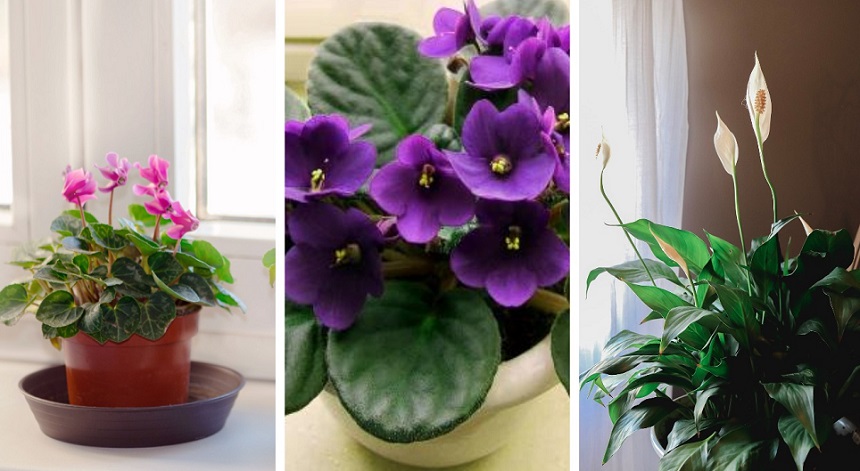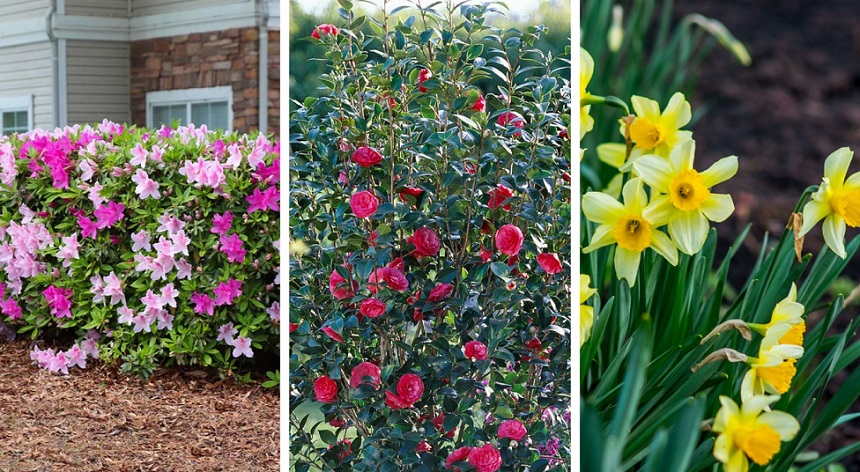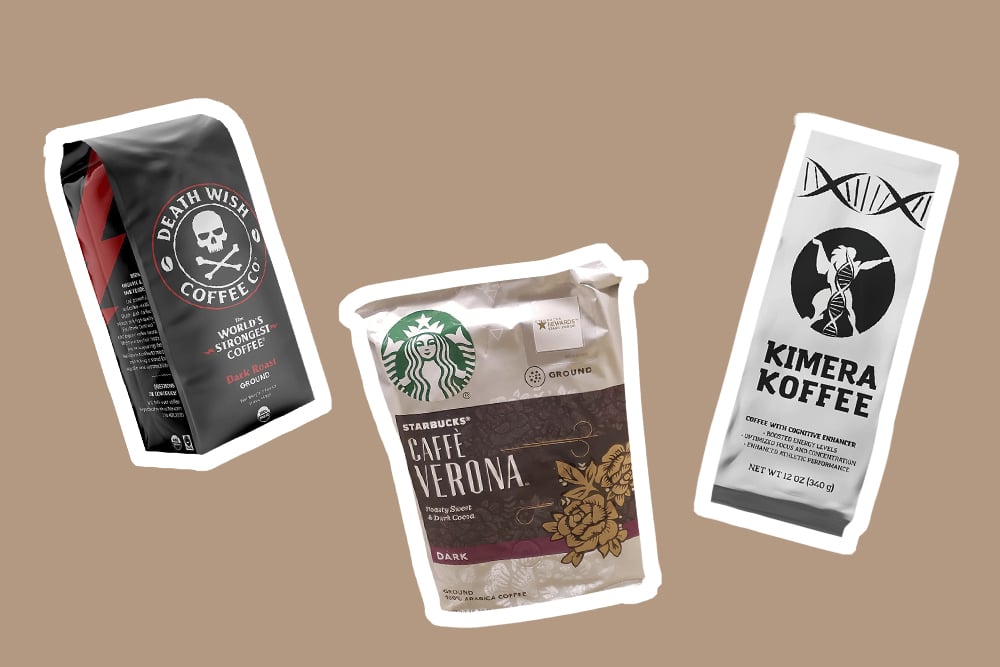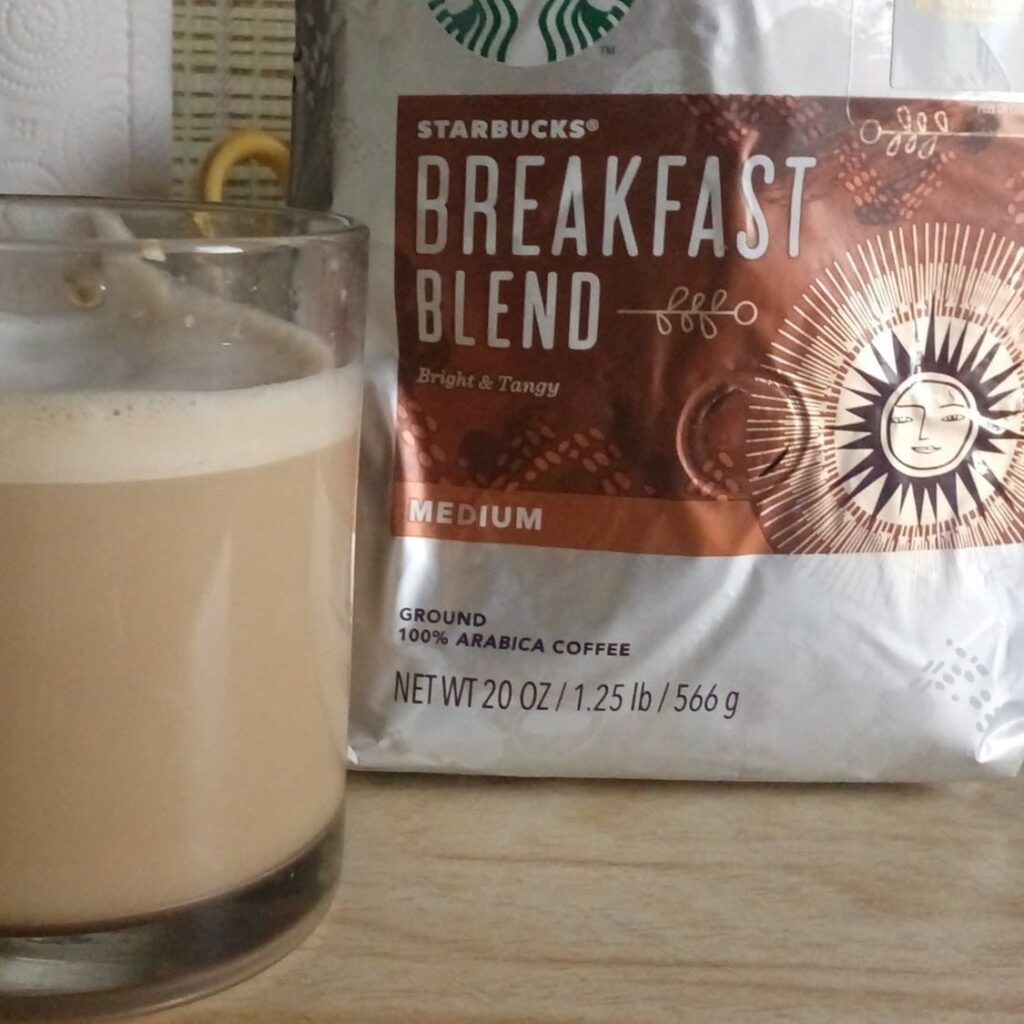

Coffee offers indisputable benefits to the human body. However, the power of coffee is not only confined to your kitchen wall. Coffee also has an equal impact on the garden.
Coffee grounds are incredibly beneficial for many plants. They contain nutrients like nitrogen, phosphorus, calcium, and potassium. Many plants need these nutrients to grow optimally. This article’s primary aim is to let you know what plants like coffee grounds, those that don’t, and how to use coffee grounds correctly.
There are numerous indoor and outdoor plants that love coffee as fertilizer. This section will outline each of them.

Cyclamen persicum is the botanical name of this indoor plant. This plant makes small flowers on long stems that stretch beyond the foliage. These flowers usually have sweet smells.
Cyclamen is a tuberous perennial. This implies that this indoor plant dries to its tubers or thick roots throughout the dormancy season. It will then rise when it’s the growing season. The shades of its flowers include purple, white, pink, and red.
Generally, the maintenance of Cyclamen Trusted Source Cyclamen Care: How To Take Care Of Cyclamen Plants Taking care of a cyclamen properly is essential if you wish to keep them lasting year after year. Many owners ask a??How do I take care of a cyclamen plant?a?? This article will help answer that. www.gardeningknowhow.com is not very difficult. However, the soil must be acidic if you want a healthy plant. Adding coffee grounds to your Cyclamen soil will help it grow better and healthily.
African Violets’ botanical name is Saintpaulia spp. They are small indoor plants that develop attractive deep pink and royal purple flowers. Many plant parents agree that African Violets are a bit fussy.
However, once you understand how you can care for them, you will see they are pretty easy to keep. African Violets can produce plants all year if kept under the proper conditions. They will thrive in bright and low light but bloom better under bright sunlight.
African Violets do not like soil with too much moisture. The perfect soil for these flowers is a bit acidic and well-draining soil rich in nitrogen. This makes coffee grounds the ideal fertilizer for them.
When you add coffee grounds to your African Violets soil, the growth and overall health will considerably improve.
Spathiphyllum is the botanical name of Peace Lillies. This plant produces pretty white flowers and has deep green leaves. Peace Lilies are lovely and have an easygoing nature. Additionally, they offer fresh oxygen, which benefits the mind and eyes.
Coffee grounds are an excellent fertilizer option for Peace Lillies. Their soil must be slightly acidic if you want them to grow optimally. Coffee grounds also have numerous nutrients that improve the health and growth of Peace Lillies. Furthermore, using coffee grounds as fertilizer for this plant can help reverse their leaves.
For those who adore the elegance of Peace Lilies but prefer the convenience of floral delights at their doorstep, flower delivery services provide the perfect solution. You can effortlessly enjoy the beauty of Peace Lilies in your home, complemented by the convenience of having stunning bouquets delivered by Cvetekspres right to your door.

The botanical name of this plant is Rhododendron SPP. This outdoor plant is appealing but delicate. One of the best ways to grow Azalea is by using well-aerated, loose, and nutrient-rich soil. Azalea also loves soils with low PH levels, especially between 4.5 and 5.5. This is because the roots of Azalea plants are delicate. They won’t survive in heavy and perforated soils like chalk and clay.
Adding coffee grounds to your Azalea soil will make its flowers bloom better.
Camellia spp is the botanical name of the Camellia plant. This outdoor plant is attractive and can make any garden look amazing. However, Camellia is also a delicate plant. It is an acidophile.
So, it would help if you got its soil acidity perfectly. If not, the leaves will become yellow, so if your Camellia plant’s leaves are becoming yellow. It’s a tell-tale sign that the soil acidity is not correct.
The nutrients in coffee grounds might be what you need to correct the soil acidity of your Camellia plant. All you have to do is get one of the best small coffee grinders to grind your coffee beans, get the coffee grounds, and disperse them by your plant’s base.
Daffodils’ botanical name is Narcissus spp. This outdoor plant produces sweetly scented flowers. Daffodils don’t require much maintenance. You need to plant some bulbs and then wait. Once they propagate, you will see flowers with a fresh smell every spring.
Daffodils are a reoccurring plant. So, even if you forget about them, they will appear every spring.
However, if you want to care for them now and then, coffee grounds are the way to go. Spread some on your Daffodils soil after winter, just before they wake up again.
Some indoor and outdoor plants will bloom better and become healthier when you use coffee grounds as their fertilizer. However, coffee grounds are also harmful to some plants. Here are some of them
These plants will fare better with organic matter products. And with the numerous reviews online from real-time users and its beneficial micronutrients, Miracle-Gro plant food is an excellent choice for your plants.

Your plants enjoy numerous benefits when you use coffee grounds as their fertilizer. Some of them include the following.
Your pants will absorb the coffee grounds immediately after sprinkling some on them. Adding organic matter Trusted Source What Does Organic Matter Do In Soil? Organic matter serves as a reservoir of nutrients and water in the soil, aids in reducing compaction, and increases water infiltration. Yet, it’s often ignored and neglected. www.noble.org to your plants might take some time before it decomposes enough for your plants to absorb them.
This is not the same as coffee grounds. They have nutrients that are ready for absorption. So, add coffee grounds to your plants if you want faster results.
You can use coffee grounds to loosen up your soil. This will make it porous and easy to work with. Coffee grounds are particularly beneficial to heavy soils like chalk and clay. It will dissolve the impermeable and hard stones in the soil and enhance permeability and aeration.
Worms are a crucial soil fertilizer Trusted Source Why are worms important? | 2021 Update | Soil Assocation Worms play a vital role. Discover everything you need to know about these unsung heroes here. www.soilassociation.org , and they are easily attracted to coffee grounds. Your soil should be healthy enough to grow its fertility. For the soil to do this, it must have all the needed microorganisms, such as worms and other organisms that decompose organic matter.
As a gardener, worms are your best friends. And coffee grounds can attract them.
Undoubtedly, coffee can offer numerous benefits to your plants. However, coffee grounds can also have some adverse effects on your plants. Here are some of them.
Coffee grounds have residual caffeine Trusted Source Caffeine in Used Coffee Grounds Used coffee grounds still contain caffeine. We list the caffeine amount typically found in spent coffee grounds. www.caffeineinformer.com , suppressing mature plants and seedlings from growing as they should. It is advisable not to use coffee grounds on seedlings or young plants. They can damage new plants’ roots, killing them before they grow.
Soil contains various good bacteria which keep pests and diseases from attacking your plants. Antibacterial characteristics can cause big issues which can implicate your soil’s health. And coffee has antibacterial properties. Although these properties can offer numerous benefits, they may destroy your soil.
Adding antibacterial properties to your soil may destroy good bacteria. This will, in turn, cause the soil to become susceptible to pests and diseases. The absence of good bacteria can change the natural biodiversity of your soil. This can be a problem for earthworms and other creatures that live on your soil. Going for an organic matter, like Osmocote Plant Food, is a better option in this case.
Coffee grounds are made up of tiny particles. These particles can make a tightly dense barrier. You can easily overdo it when adding coffee grounds to your plants. The results you get will be a soil similar to clay soil. This soil does not give plants the hydration or nutrients they need to grow optimally.
Coffee grounds form a barrier on your soil when they become too dense. Water will not pass through, which can lead to your plants withering. This is why it is vital to correctly add coffee grounds to your plants instead of outrightly throwing them on them.
Using coffee grounds the right way is crucial for your plants’ growth. How you use your coffee ground will make or mar your plants. Here are some of the best ways to use coffee grounds for gardening and planting.
There are two different compost material types; green and brown. Although the color of your coffee grounds is brown, they are a green compost material. This means that coffee grounds have nitrogen content. They also contain trace minerals like calcium, magnesium, and potassium. Grass clippings and food scraps are other green compost materials.
You must balance your coffee grounds with a brown material before using it. Brown compost materials include eggshells, newspapers, and dry leaves. Ensure that the ratio of your brown compost material to the green compost material is 4-to-1. Your compost will start smelling if you have too much green material. Also, your compost won’t heat up if the green material is insufficient.
You can also add coffee grounds to your soil directly. You can achieve this in two ways; sprinkling them on top of your soil or inches deep into it. However, it would help if you never forgot to use small quantities of coffee grounds on your soil. As earlier stated, they might form a dense barrier harmful to your plants.
The video below explains how to use coffee in your garden and why it’s beneficial for plants.
Coffee grounds are beneficial for plant growth. However, not all plants love this green compost material. With this article, you now know what plants like coffee grounds and those that don’t. Before using coffee grounds, the first thing to note is if your plants will absorb it. Once you know this, you can then decide whether to add coffee grounds to your plants or not. If you are looking for how to grind your coffee beans to get coffee grounds without any hassle, check out the best coffee grinders for pour over to pick the one that suits your needs.





